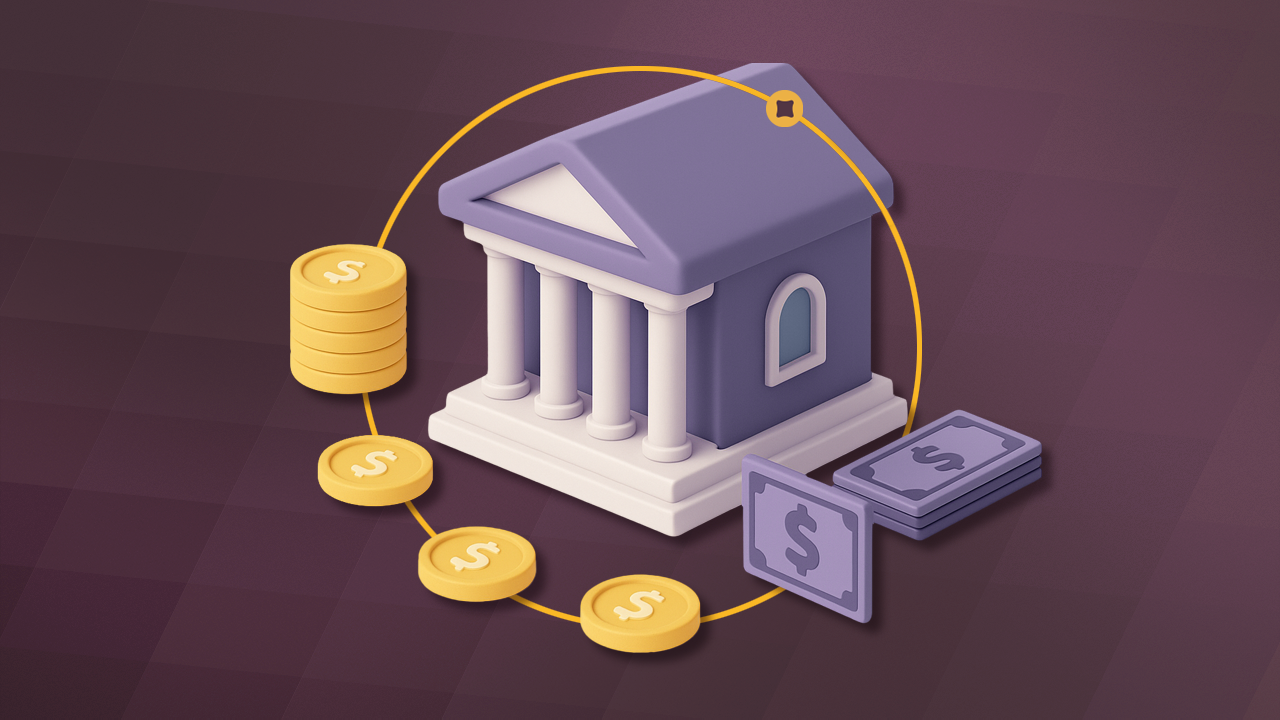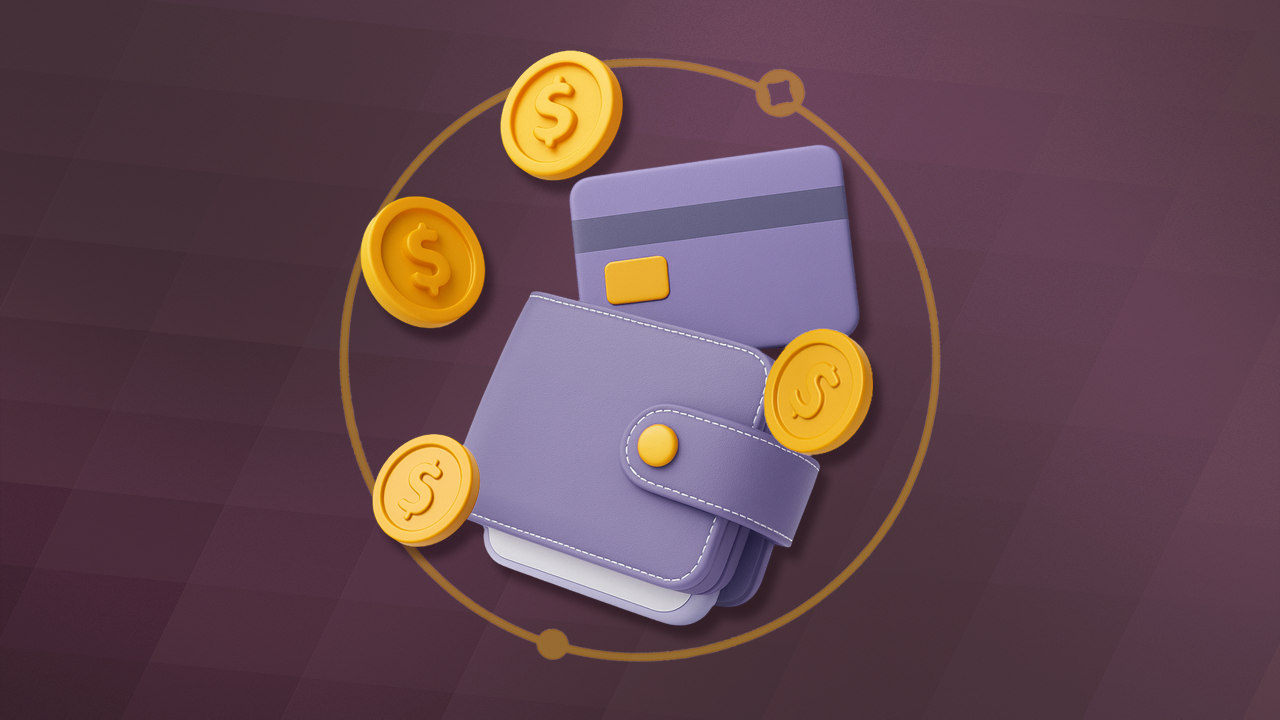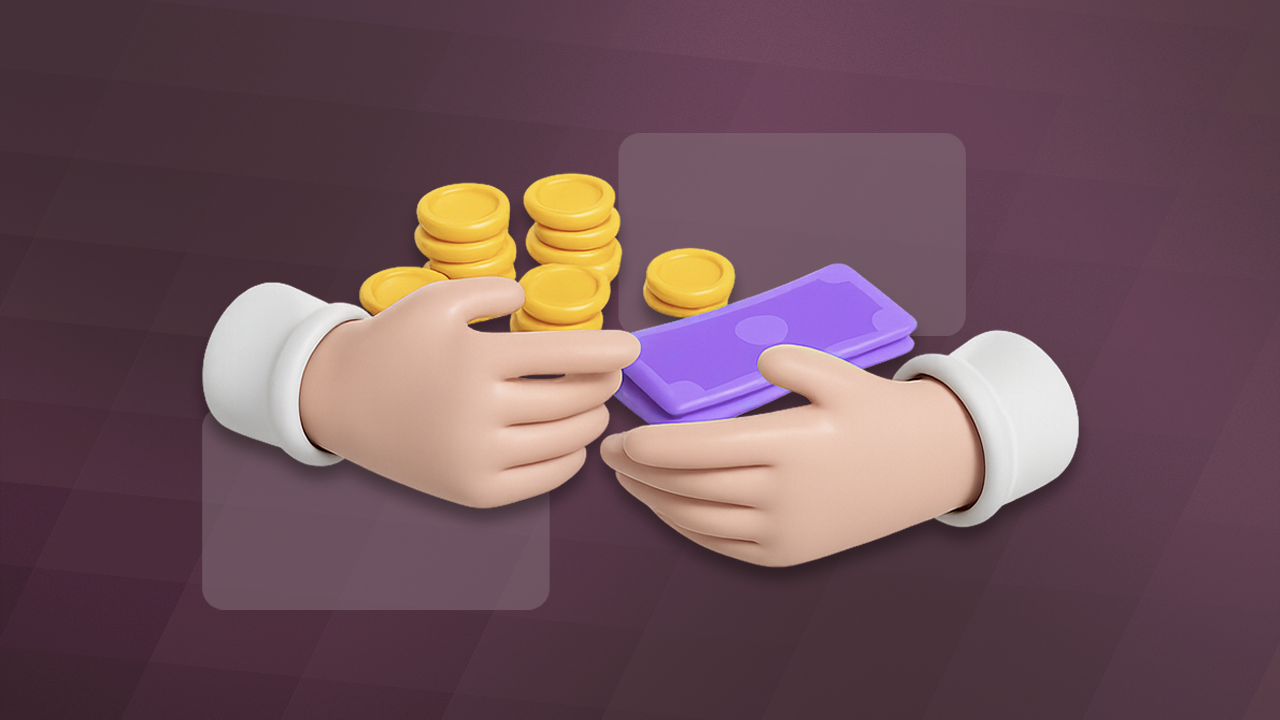ACH payments are a vital tool that allow you to accept payments directly from your customer’s bank account, which is fast, efficient, and generally cost-effective. But not all ACH transactions are the same.
In fact, the ACH network supports over a dozen different types of payment scenarios. These scenarios are identified by a unique three-character “SEC Code”, which governs how transactions are authorized and processed.
The two most commonly used SEC codes are WEB and CCD. Knowing their differences and choosing the right one can lead to faster settlements and less chance of disputes.
WEB: Consumer online payments
WEB (Internet-Initiated/Mobile Entry) applies when a consumer authorizes a payment online or through a mobile device. This is common for B2C transactions, where the consumer make payments through an online checkout. If you’re handling consumer payments, WEB is probably the code you’ll use the most.
WEB transactions come with a 60-day return window. Consumers have a full 60 days to dispute a payment if they claim it was unauthorized. That’s a big time gap and can lead to unexpected disruptions to your cash flow. If you’re using WEB, make sure to create a detailed paper trail of the purchase, customer record, and authorization details and store them properly in case a dispute arises.
CCD: Business to Business Payments
If your business that interacts mostly with other businesses, then CCD (Corporate Credit or Debit) is the code you should use to receive payments and pay your vendors. One of the great things about CCD is its flexibility. You can use it whether the payment is authorized online, over the phone, or on paper, as long as it’s a business-to-business transaction.
The CCD code also offers a significant advantage: a 24-hour return window. That’s right—if a payment is disputed, you’ll know within 24 hours if something is wrong. This shorter return period keeps things predictable and reduces the risk of prolonged disputes.
This is crucial for B2B payments. You don’t have to worry about a transaction getting reversed weeks down the line like you would with WEB.
Why This Matters for Your Business
The biggest difference between WEB and CCD is the number of days customers have to dispute a transaction, which directly affects your cash flow.
- WEB transactions come with a 60-day return window. That’s a long time for something to go wrong. You need to be prepared for that risk if you’re handling online payments from consumers.
- CCD transactions limit disputes to a 24-hour return window. This short window gives you more control and less risk of dealing with late-stage disputes.
Finding a payment processor that supports CCD
Even though ACH is growing in popularity, finding a payment processor that fully supports it can be a challenge. Most processors are designed for consumer transactions and do not offer CCD. Other processors like Stripe or ModernTreasury give you more flexibility, but you have to use their APIs to build a custom solution.
With Nickel, you get both WEB and CCD codes right out of the box. No IT set up required. We automatically route transactions based on whether the payor is a business or consumer, so you stay compliant and get paid without the headaches. Learn more
Don't miss these articles
Make every Nickel count
Join 10,000+ businesses paying and getting paid on Nickel






